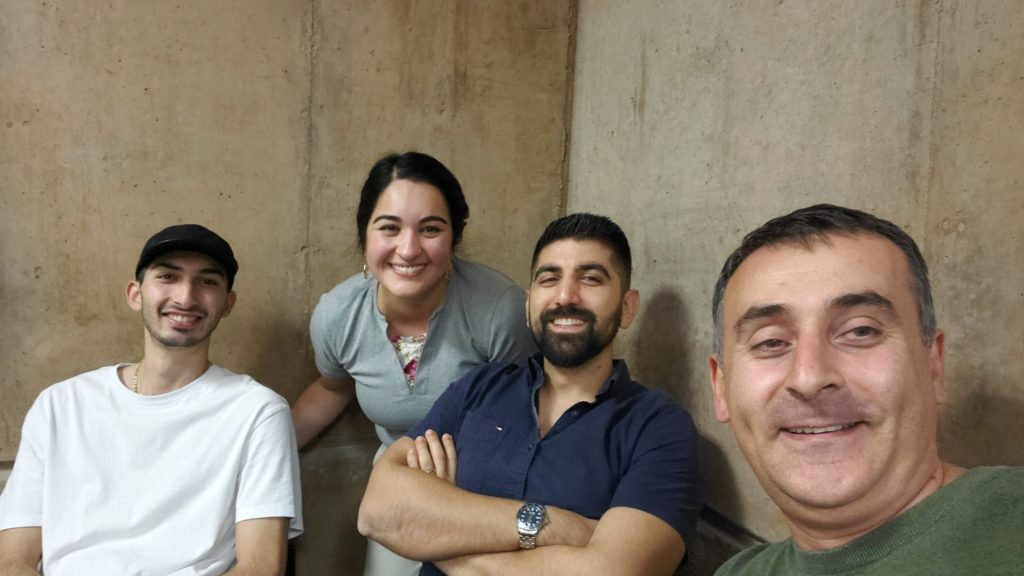


Chadarevian et al Publish in STAR Protocols
CRISPR generation of CSF1R-G795A human microglia for robust microglia replacement in a chimeric mouse model

Chimeric mouse models have recently been developed to study human microglia in vivo. However, the widespread engraftment of donor microglia within the adult brain has been challenging. Here, we present a protocol to introduce the G795A point mutation using CRISPR-Cas9 into the CSF1R locus of human pluripotent stem cells. We also describe an optimized microglial differentiation technique for transplantation into newborn or adult recipients. We then detail pharmacological paradigms to achieve widespread and near-complete engraftment of human microglia. For complete details on the use and execution of this protocol, please refer to Chadarevian et al. (2023).
Chadarevian et al. highlighted in ALZFORUM
Healthy, Drug-Resistant Microglia Reinvigorate Mouse Brain
Rather than fixing dysfunctional microglia, why not replace them with shiny new cells? In a collaborative effort to inch microglia transplant closer to reality, researchers led by Chris Bennett, University of Pennsylvania, Philadelphia, and Mathew Blurton-Jones, University of California, Irvine, created mouse macrophages and human microglia, respectively, that resist colony-stimulating factor 1 receptor inhibitors. CSF1R activity is essential for macrophage and microglial viability. In the December 30 Journal of Experimental Medicine, they reported that these mutant cells repopulated 75 to 99 percent of mouse brains cleared of native microglia. The inhibitor-resistant cells retained normal gene expression and function.
- Human microglia and mouse macrophages were engineered to resist CSF1R inhibitors.
- Gene expression and behavior did not change.
- The mutant microglia repopulated the entire adult mouse brain.
- They could be used as “living drugs” to clear toxic proteins.
Researchers applauded the work. “This study sets the new gold standard for studies of microglial replacement, enabling human-relevant studies of microglia biology,” wrote Diego Gomez-Nicola, University of Southampton, U.K. David Gate of Northwestern University in Evanston, Illinois, called this a landmark study. “It has clinical implications for treating neurodegenerative disease, lysosomal storage disorders, and other brain abnormalities,” he wrote.
For the full article, click here.